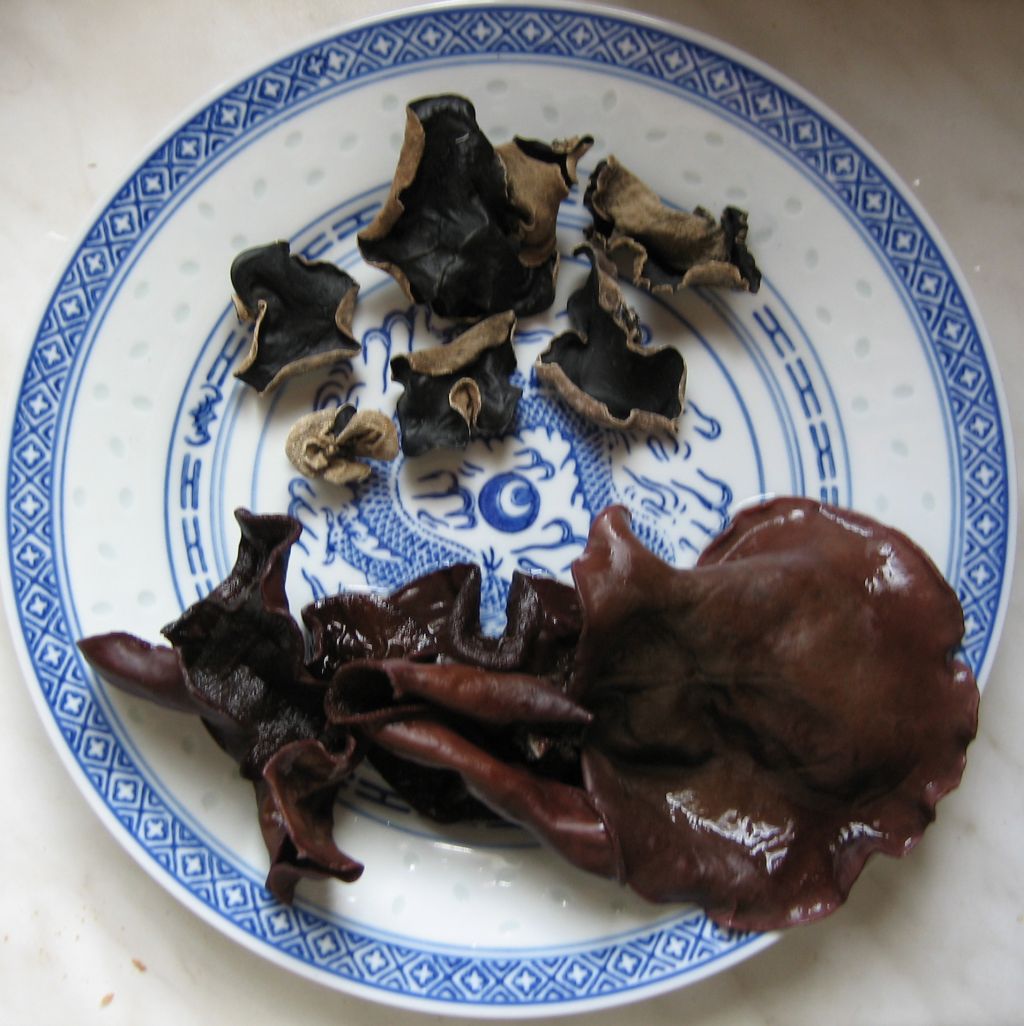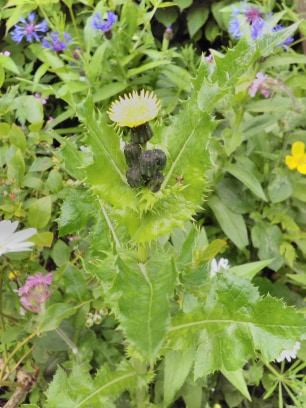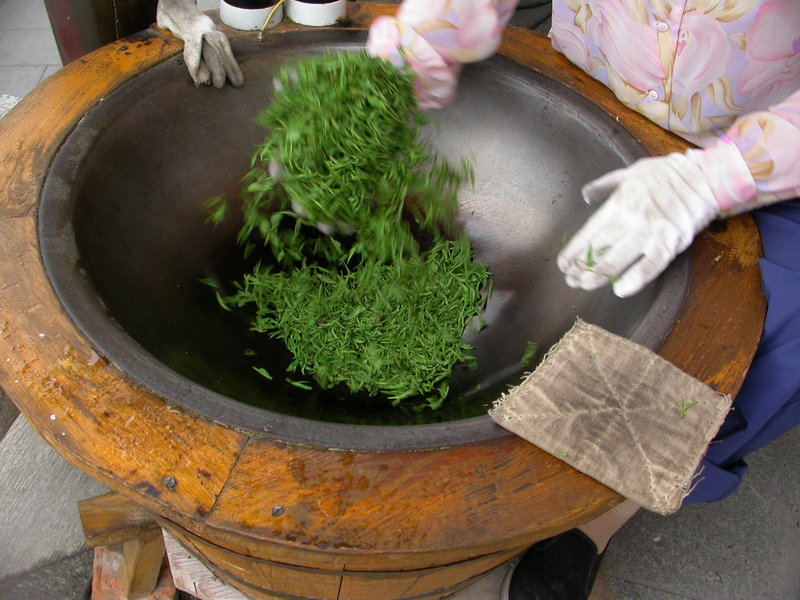|
Auricularia Cornea
''Auricularia cornea'', also known as cloud ear, is a species of fungus in the order Auriculariales. It is commercially cultivated for food in China. ''Auricularia cornea'' is a popular ingredient in many Chinese dishes and is also used in traditional Chinese medicine. Taxonomy ''Auricularia cornea'' was originally described from Hawaii (Oahu) by German naturalist Christian Gottfried Ehrenberg in 1820. It was accepted as a distinct species by Bernard Lowy in his 1952 world monograph of '' Auricularia'' and subsequently confirmed as distinct by molecular research, based on cladistic analysis of DNA sequences. Formerly, ''Auricularia cornea'' was often misidentified as ''A. polytricha''. That species was originally described from the Eastern Ghats in India by French mycologist Camille Montagne in 1834, and (when used by American authors) is considered as a synonym of '' A. nigricans''. The misidentification remains widespread, at least in Japan. Vernacular names The species is one ... [...More Info...] [...Related Items...] OR: [Wikipedia] [Google] [Baidu] |
Chinese Cooking
Chinese cuisine comprises cuisines originating from China, as well as from Chinese people from other parts of the world. Because of the Chinese diaspora and the historical power of the country, Chinese cuisine has profoundly influenced many other cuisines in Asia and beyond, with modifications made to cater to local palates. Chinese food staples such as rice, soy sauce, noodles, tea, chili oil, and tofu, and utensils such as chopsticks and the wok, can now be found worldwide. The world's earliest eating establishments recognizable as restaurants in the modern sense first emerged in Song dynasty China during the 11th and 12th centuries. Street food became an integral aspect of Chinese food culture during the Tang dynasty, and the street food culture of much of Southeast Asia was established by workers imported from China during the late 19th century. The preferences for seasoning and cooking techniques in Chinese provinces depend on differences in social class, religion, h ... [...More Info...] [...Related Items...] OR: [Wikipedia] [Google] [Baidu] |
Buddhist Cuisine
Buddhist cuisine is an Asian cuisine that is followed by Bhikkhu, monks and many believers from areas historically influenced by Mahayana Buddhism. It is vegetarian or vegan, and it is based on the Dharmic concept of ahimsa (non-violence). Vegetarianism is common in other Dharmic faiths such as Hinduism, Jainism and Sikhism, as well as East Asian religions like Taoism. While Bhikkhu, monks, Bhikkuni, nuns and a minority of Householder (Buddhism), believers are vegetarian year-round, many believers follow the Buddhist vegetarian diet for celebrations. In Buddhism, cooking is often seen as a spiritual practice that produces the nourishment which the body needs to work hard and meditate. The origin of "Buddhist food" as a distinct sub-style of cuisine is tied to Buddhist monastery, monasteries, where one member of the community would have the duty of being the head cook and supplying meals that paid respect to the strictures of Buddhist precepts. Temples that were open to visitors ... [...More Info...] [...Related Items...] OR: [Wikipedia] [Google] [Baidu] |
Fungi In Cultivation
A fungus (: fungi , , , or ; or funguses) is any member of the group of eukaryotic organisms that includes microorganisms such as yeasts and mold (fungus), molds, as well as the more familiar mushrooms. These organisms are classified as one of the kingdom (biology)#Six kingdoms (1998), traditional eukaryotic kingdoms, along with Animalia, Plantae, and either Protista or Protozoa and Chromista. A characteristic that places fungi in a different kingdom from plants, bacteria, and some protists is chitin in their cell walls. Fungi, like animals, are heterotrophs; they acquire their food by absorbing dissolved molecules, typically by secreting digestive enzymes into their environment. Fungi do not photosynthesize. Growth is their means of motility, mobility, except for spores (a few of which are flagellated), which may travel through the air or water. Fungi are the principal decomposers in ecological systems. These and other differences place fungi in a single group of related o ... [...More Info...] [...Related Items...] OR: [Wikipedia] [Google] [Baidu] |
Edible Fungi
Edible mushrooms are the fleshy fruit bodies of numerous species of macrofungi (fungi that bear fruiting structures large enough to be seen with the naked eye). Edibility may be defined by criteria including the absence of poisonous effects on humans and desirable taste and aroma. Mushrooms that have a particularly desirable taste are described as "''choice''". Edible mushrooms are consumed for their nutritional and culinary value. Mushrooms, especially dried shiitake, are sources of umami flavor. To ensure safety, wild mushrooms must be correctly identified before their edibility can be assumed. Deadly poisonous mushrooms that are frequently confused with edible mushrooms include several species of the genus ''Amanita'', particularly '' A. phalloides'', the death cap. Some mushrooms that are edible for most people can cause allergic reactions in others; old or improperly stored specimens can go rancid and cause food poisoning. Additionally, mushrooms can absorb chemica ... [...More Info...] [...Related Items...] OR: [Wikipedia] [Google] [Baidu] |
Chinese Edible Mushrooms
East Asian mushrooms and fungi are often used in East Asian cuisine, either fresh or dried. According to Chinese traditional medicine, many types of mushroom affect the eater's physical and emotional wellbeing. List of mushrooms and fungi See also * List of mushroom dishes {{DEFAULTSORT:Chinese mushrooms and fungi Lists of fungi, Chinese Chinese cuisine Chinese edible mushrooms ... [...More Info...] [...Related Items...] OR: [Wikipedia] [Google] [Baidu] |
Mycologia
''Mycologia'' is a peer-reviewed scientific journal that publishes papers on all aspects of the fungi, including lichens. It first appeared as a bimonthly journal in January 1909, published by the New York Botanical Garden under the editorship of William Murrill. It became the official journal of the Mycological Society of America Mycology is the branch of biology concerned with the study of fungi, including their taxonomy, genetics, biochemical properties, and use by humans. Fungi can be a source of tinder, food, traditional medicine, as well as entheogens, poison, ..., which still publishes it today. It was formed as a merger of the ''Journal of Mycology'' (14 volumes; 1885–1908) and the ''Mycological Bulletin'' (7 volumes; 1903–1908). The ''Mycological Bulletin'' was known as the ''Ohio Mycological Bulletin'' in its first volume. Editors The following persons have been editor-in-chief of the journal: The following persons have been executive editors of the journal ... [...More Info...] [...Related Items...] OR: [Wikipedia] [Google] [Baidu] |
Cantonese Desserts
Cantonese or Guangdong cuisine, also known as Yue cuisine ( zh, t=廣東菜 or zh, labels=no, t=粵菜), is the cuisine of Cantonese people, associated with the Guangdong, Guangdong province of China, particularly the provincial capital Guangzhou, and the surrounding regions in the Pearl River Delta including Hong Kong and Macau.Hsiung, Deh-Ta. Simonds, Nina. Lowe, Jason. [2005] (2005). The food of China: a journey for food lovers. Bay Books. . p17. Strictly speaking, Cantonese cuisine is the cuisine of Guangzhou or of Cantonese speakers, but it often includes the cooking styles of all the speakers of Yue Chinese languages in Guangdong. The Teochew cuisine and Hakka cuisine of Guangdong are considered their own styles. However, scholars may categorize Guangdong cuisine into three major groups based on the region's dialect: Cantonese, Hakka and Chaozhou cuisines. Neighboring Guangxi's Guangxi cuisine, cuisine is also considered separate despite eastern Guangxi being considered ... [...More Info...] [...Related Items...] OR: [Wikipedia] [Google] [Baidu] |
Potatoes
The potato () is a starchy tuberous vegetable native to the Americas that is consumed as a staple food in many parts of the world. Potatoes are underground stem tubers of the plant ''Solanum tuberosum'', a perennial in the nightshade family Solanaceae. Wild potato species can be found from the southern United States to southern Chile. Genetic studies show that the cultivated potato has a single origin, in the area of present-day southern Peru and extreme northwestern Bolivia. Potatoes were domesticated there about 7,000–10,000 years ago from a species in the '' S. brevicaule'' complex. Many varieties of the potato are cultivated in the Andes region of South America, where the species is indigenous. The Spanish introduced potatoes to Europe in the second half of the 16th century from the Americas. They are a staple food in many parts of the world and an integral part of much of the world's food supply. Following millennia of selective breeding, there are now over 5,00 ... [...More Info...] [...Related Items...] OR: [Wikipedia] [Google] [Baidu] |
Sow Thistle '', a genus of plants related to ''Sonchus'', with blue, white, or yellow flowers.
Sow thistle most often refers to yellow flowered, thistle-like plants in the genus '' Sonchus.'' Sow thistle may also refer to: *''Cicerbita ''Cicerbita'' is a genus of flowering plants in the family Asteraceae, native to Asia and Europe. They are known commonly as blue sow thistles. See also * '' Reichardia tingitana'', false sow thistle {{plant common name ...[...More Info...] [...Related Items...] OR: [Wikipedia] [Google] [Baidu] |
Stir Frying
Stir frying ( zh, c= 炒, p=chǎo, w=ch'ao3, cy=cháau) is a cooking technique in which ingredients are fried in a small amount of very hot oil while being stirred or tossed in a wok. The technique originated in China and in recent centuries has spread into other parts of Asia and the West. It is similar to sautéing in Western cooking technique. Wok frying may have been used as early as the Han dynasty (206 BC – 220 AD) for drying grain, not for cooking. It was not until the Ming dynasty (1368–1644) that the wok reached its modern shape and allowed quick cooking in hot oil. However, there is research indicating that metal woks and stir-frying of dishes were already popular in the Song dynasty (960–1279), and stir-frying as a cooking technique is mentioned in the 6th-century AD Qimin Yaoshu. Stir frying has been recommended as a healthy and appealing method of preparing vegetables, meats, and fish, provided calories are kept at a reasonable level. The English-lan ... [...More Info...] [...Related Items...] OR: [Wikipedia] [Google] [Baidu] |
Auricularia Heimuer
''Auricularia heimuer'', also known as heimuer () or black wood ear, is a species of fungus in the order Auriculariales. It is commercially cultivated for food in China at a value exceeding $4 billion (USD) per year. The species was previously referred to as the European ''Auricularia auricula-judae'', but the latter is not known to occur in East Asia. ''Auricularia heimuer'' is a popular ingredient in many Chinese dishes, such as hot and sour soup, and it is also used in traditional Chinese medicine. Description Fruitbodies are gelatinous, ear-shaped, and laterally attached to wood. They are up to across and thick. The upper surface is finely tomentose, coloured fawn to reddish brown when fresh, and coloured grey-brown when dry. The colour of cultivated specimens is often darker. The spore-producing underside is smooth to slightly veined, coloured pinkish buff when fresh, and coloured purplish grey when dry. Microscopic features The basidia are cylindrical, 40–65 x 3–6.5 ... [...More Info...] [...Related Items...] OR: [Wikipedia] [Google] [Baidu] |








